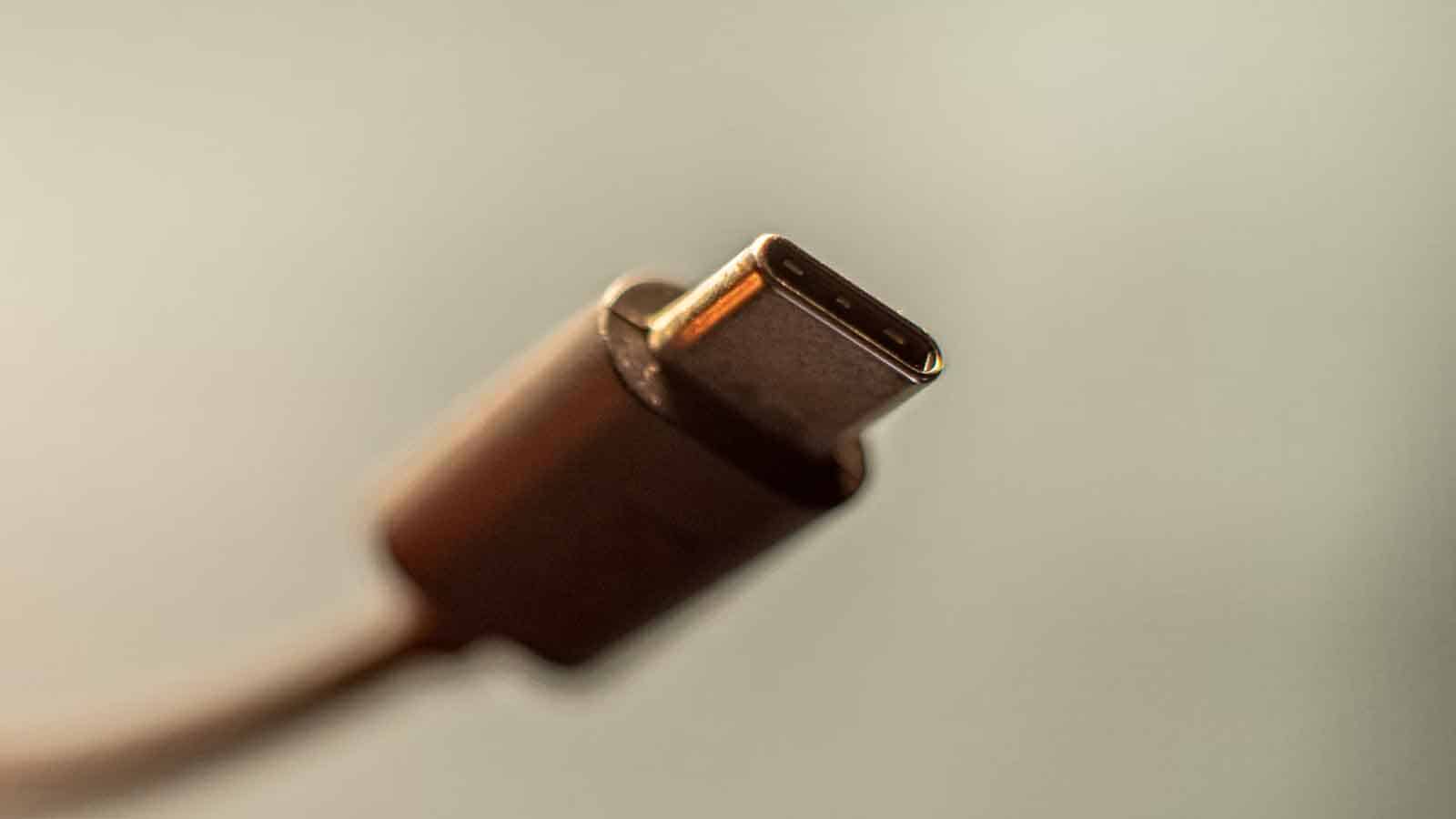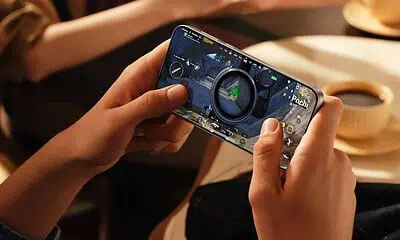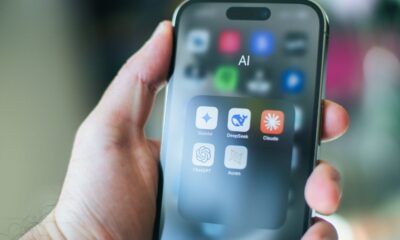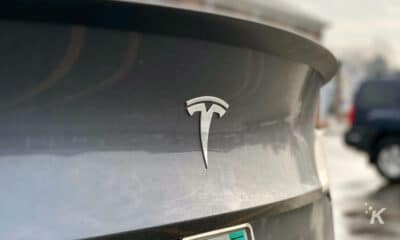News
USB-C’s new standards are even more confusing than before
I thought this was supposed to be the one connector to rule them all?

Just a heads up, if you buy something through our links, we may get a small share of the sale. It’s one of the ways we keep the lights on here. Click here for more.
If you think that USB-C is already confusing, get ready for more pain. The USB Implementers Forum (USB-IF) has introduced new standards for USB-C, with a slew of new confusing logos to go with them.
Those logos are for the USB4 standards which can transfer data at up to 40Gbps, and the new 240W power standard. So now we have certified speeds of 20Gbps, and 40Gbps, and power standards of 60W and 240W.
That’s confusing enough, but it gets worse. See, nothing says that you can’t use the 240W power standard with the 20Gbps speed standard, or the 60W power standard with the 40Gbps standard, or any of the dizzying combinations you can make from all of the options.

READ MORE: USB-C will soon be mandatory for smartphones in the EU
And the way that the USB-IF has decided to unconfuse consumers? With more logos to add to the packaging, the ports, and the cables for USB-C devices. I feel sorry for the poor big box store staff who are going to be the first line of explaining this mess to people.
The new logos also don’t do anything for those companies making out-of-spec USB cables. There’s nothing stopping them from misusing the logos to make their devices seem fine, or from creating similar-looking branding so as to confuse the already confused consumers.
READ MORE: HDMI 2.1a is about to confuse the heck out of you – here’s what to know
Add to that millions of existing USB-C cables that all look the same and aren’t built to handle the higher power draw or transfer speeds of the new standards, and the chances that someone will plug in the wrong cable to their 240W laptop and start a fire is getting pretty high.
Why can’t it just be like Thunderbolt, where all of the specifications are set for the one cable it uses? Sure, it still uses USB-C connectors these days so that’s another source of confusion but at least that’s the only confusing thing.
Have any thoughts on this? Let us know down below in the comments or carry the discussion over to our Twitter or Facebook.
Editors’ Recommendations:
- Your next iPhone might have USB-C charging if this new EU proposal passes
- The Google Pixel 6 won’t include a charger because who really needs another charging brick
- Amazon’s new Kindle Paperwhite features a bigger screen, better battery life, and supports USB-C
- This innocent-looking USB cable can actually steal your passwords





























